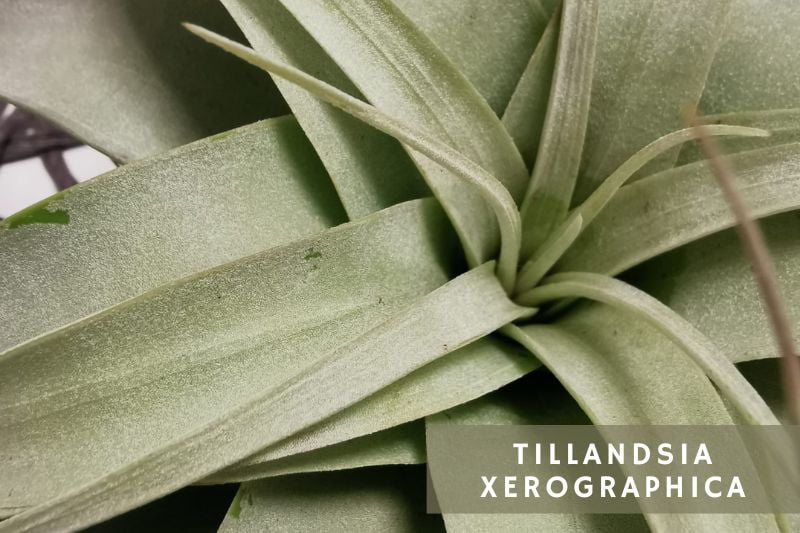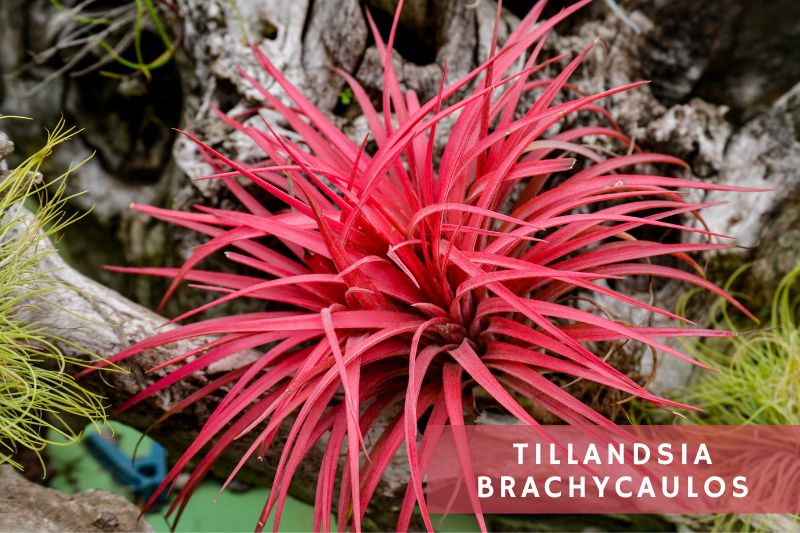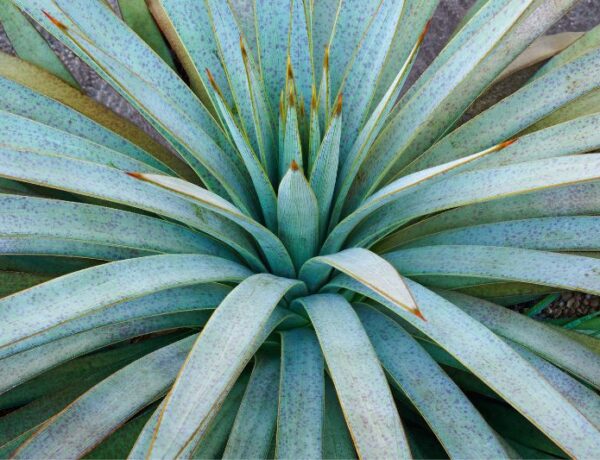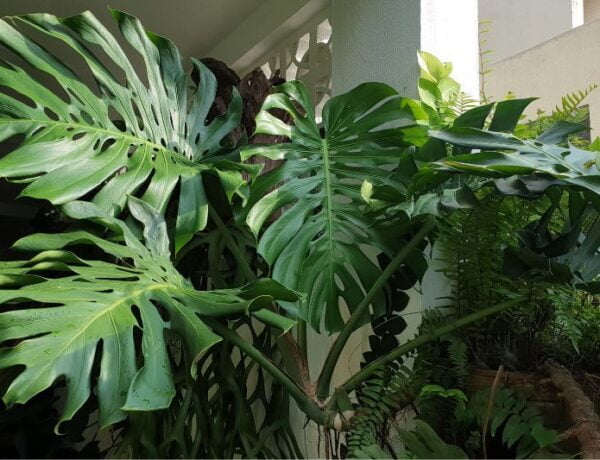Air plants, also known as Tillandsia, have become increasingly popular as low-maintenance indoor plants. They are unique in that they don’t require soil to grow, but instead absorb water and nutrients through their leaves. While they may seem worry-free, it’s important to understand the differences between xeric and mesic air plants to ensure you choose the right type for your environment.
Table of Contents
Xeric Air Plants

Xeric air plants are those that naturally grow in dry environments with low humidity, such as deserts and mountain areas where tree cover is sparse. They are characterized by their ability to tolerate drought and fluctuating temperatures. Often growing on rocks at higher altitudes, xeric air plants are more adaptable to the drier and brighter conditions.
They are also greyer and fuzzier than mesic air plants, with the fuzzy bits being scales called trichomes which regulate the amount and timing of water allowed into the leaf and can protect the plant from sunburn. Common species of xeric air plants include Tillandsia tectorum, Tillandsia xerographica (The King / Queen of air plants), Tillandsia caput-medusae, and Tillandsia ionantha.
Caring for xeric air plants is quite easy, as long as you avoid overwatering them. It’s recommended to mist them occasionally or dunk them in water for no more than 30 minutes every two weeks. It’s also important to provide them with adequate air circulation, as stagnant air can promote fungal growth. Additionally, xeric air plants can handle more light, even direct sunlight, compared to mesic air plants.
Mesic Air Plants

Mesic air plants originate from moderately humid habitats like South American forests and are used to thriving under the canopy of a forest. They prefer bright indirect or filtered light and more frequent watering. Common species of mesic air plants include Tillandsia bulbosa, Tillandsia andreana, Tillandsia brachycaulos, and Tillandsia butzii.
To take care of mesic air plants, regular misting and indirect sunlight are recommended. You can also soak them in water for up to an hour once a week, but make sure to shake off excess water and allow them to dry completely before placing them back in their display.
Choosing the Right Air Plant for Your Environment
That being said, it’s important to consider the humidity and light levels in your environment before choosing an air plant for your home. If you live in a dry climate, xeric air plants may be the best choice for you. On the other hand, if your home or office has moderate humidity levels, mesic air plants may be a better fit.
Experiment with Different Types of Air Plants
There are many different species of air plants available, and each one has its own unique care requirements. Experiment with different types to find the ones that thrive in your environment and bring the most joy to your space. With a little bit of care, air plants can bring life and color to any indoor space.
How can you tell if an air plant is xeric or mesic?
Recognizing xeric and mesic air plants can be tricky, as they may not always have obvious physical differences. However, there are some general characteristics and clues that can help you identify which type of air plant you have:
Xeric Air Plants:
- Often have gray or silver leaves
- Leaves are usually thick and hard
- Tend to grow in arid environments
- Can go longer periods of time without water
Mesic Air Plants:
- Have softer, thinner leaves that will look shiny or waxy
- Leaves are often colorful and vibrant
- Tend to grow in environments with moderate humidity
- Need regular watering and misting to stay healthy
It’s also important to note that some air plants may fall in between these categories or have slightly different care requirements. When in doubt, it’s always best to do research on the specific species of air plant you have to ensure you’re providing the right care. And if you’re not sure which species you’ve got, you can alway use a plant identification app. Pl@ntNet is by far our favourite option – and there’s even a mobile application you can download and use for free.
Conclusion
Understanding the differences between xeric and mesic air plants is key to ensuring you choose and care for the right type for your environment. Remember to consider the humidity and light levels in your home or office when selecting an air plant, and experiment with different types to find the ones that work best for you. With a little bit of care, air plants can thrive and bring life to any indoor space.
And if you’re also looking for more information on how to water your plants, make sure to check our articles on when is the best time to water your plants and how to water them when you’re away or on vacation!






No Comments